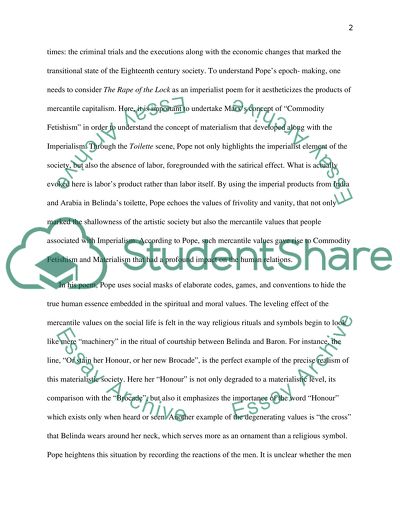Cite this document
(“Materialism and the Moral Values in The Rape of the Lock Essay”, n.d.)
Retrieved from https://studentshare.org/literature/1454944-materialism-and-the-moral-values-in-alexander-popes-the-rape-of-the-lock
Retrieved from https://studentshare.org/literature/1454944-materialism-and-the-moral-values-in-alexander-popes-the-rape-of-the-lock
(Materialism and the Moral Values in The Rape of the Lock Essay)
https://studentshare.org/literature/1454944-materialism-and-the-moral-values-in-alexander-popes-the-rape-of-the-lock.
https://studentshare.org/literature/1454944-materialism-and-the-moral-values-in-alexander-popes-the-rape-of-the-lock.
“Materialism and the Moral Values in The Rape of the Lock Essay”, n.d. https://studentshare.org/literature/1454944-materialism-and-the-moral-values-in-alexander-popes-the-rape-of-the-lock.


